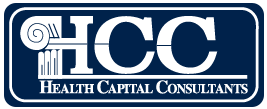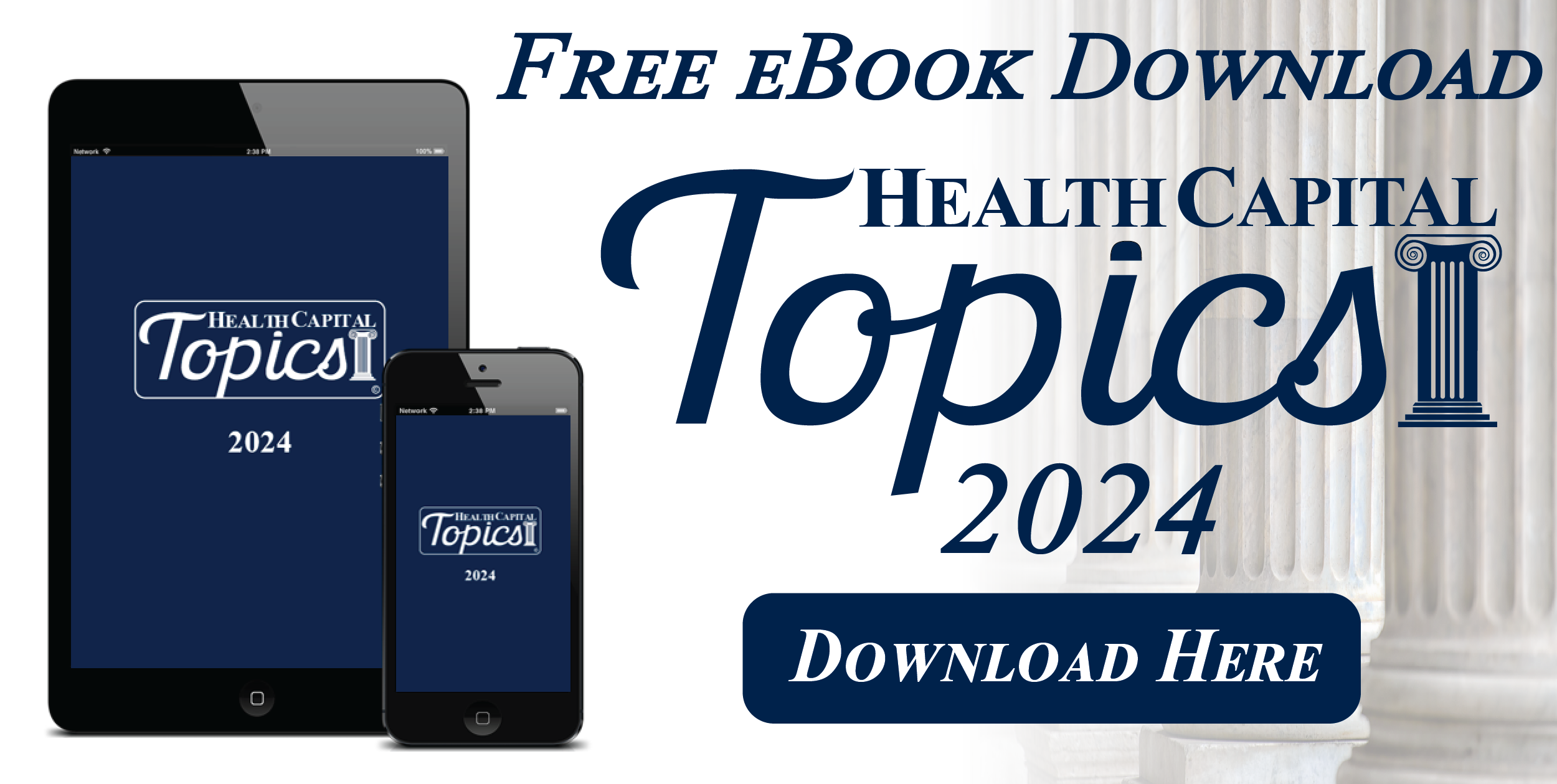Cardiac technologies have continually evolved over the years, changing the practice and purview of cardiology providers, as well as the demand for cardiac services. By 2035, the overall prevalence of cardiovascular disease (CVD) is expected to increase from 102.7 million in 2015 to 131.2 million cases, affecting 45% of the total U.S. population, with the highest prevalence in those 65 years and older.1 As the cardiovascular market grows, providers can expect the types of technologies used to diagnose and treat CVD, particularly minimally invasive devices and procedures, to expand as well. This final installment of a five-part series on the valuation of cardiovascular services examines the technological advancements transforming the industry.
Minimally Invasive Procedures
Minimally invasive surgical procedures allow physicians to provide services in a manner that causes less disruption to the patient than a traditional surgical method, thus causing fewer complications, less pain, and reduced recovery time.2 For certain high-risk patients (e.g., elderly patients), minimally invasive procedures may be a safer option than traditional surgery.3 As the technology and training associated with minimally invasive surgery has advanced, it has been utilized to perform an array of cardiac procedures, including Transcatheter Aortic Valve Replacement (TAVR), Percutaneous Coronary Interventions (PCI), and Electrophysiology Procedures.4 In particular, TAVR is one of the fastest growing minimally invasive procedures, as it is used to treat high-risk patients with severe aortic stenosis who are ineligible for traditional open heart surgery.5
There are two primary types of minimally invasive surgery:
Endoscopy (also referred to as
laparoscopy), wherein the physician performs the specified procedure through one or more incisions using small surgical instruments and video cameras;
6 and,
Robotic Surgery, which utilizes small robotic arms equipped with surgical instruments, which the physician controls via computer.
7
These advancements in minimally invasive cardiovascular procedures may trigger shifts in the volume of services rendered by cardiologists versus cardiovascular surgeons, as well as the shifts in the skills necessary to remain relevant in the cardiovascular industry.
Advanced Imaging Technologies
A number of advanced imaging technologies can be used to diagnose and treat heart conditions, including cardiac MRIs, echocardiography, nuclear imaging, and positron emission tomography (PET) scans.
Cardiac MRI is a non-invasive medical imaging technique that uses a powerful magnetic field and radio waves to create detailed pictures of the heart and blood vessels. This imaging offers superior image quality for diagnosing heart conditions, including heart muscle damage, blood flow issues, and congenital heart defects.8
Echocardiography (also known as an echocardiogram or echo) uses ultrasound to provide real-time 3D images of the beating heart, offering more detailed insights into cardiac function.9 The imaging may be used to help diagnose heart problems, such as abnormal valves and rhythms, heart murmurs, and damage from a heart attack, as well as to check for an infection on or around the heart valves, blood clots or tumors inside the heart, and fluid buildup in the sac around the heart.10
Cardiac nuclear medicine imaging evaluates the heart for coronary artery disease and cardiomyopathy (diseases of the heart muscle) and can help determine whether the heart has been damaged by chemotherapy or radiotherapy.11 This type of imaging can provide unique information that often cannot be obtained using other imaging technologies.12
PET scans can help detect and track the spread of cardiac diseases. A unique advantage to PET imaging is the ability to measure myocardial blood flow, which further enhances diagnostic accuracy and allows for the identification of other diseases, such as small-vessel disease, a common ailment in diabetic patients.13 PET imaging has also proven to be an economically viable option for healthcare organizations, as it is more versatile in diagnosing multiple diseases in a shorter period of time, leading to higher utilization rates and greater operational efficiencies.14
Artificial Intelligence (AI)
AI is being used by cardiovascular providers to improve the diagnosis and treatment of CVD. AI is being increasingly used in healthcare to augment providers, who have mortal limitations. One such use is through processing and analyzing large data sets that humans cannot, due to the sheer number of data points. For example, providers receive thousands of data points from patients who use wearables (e.g., smart watches) and other monitoring devices designed to remotely observe a condition.15 The goal of such data analysis is earlier detection of cardiac conditions and better treatment outcomes.16 Specific AI applications in cardiology include detecting heart disease, treating strokes more quickly, and enhancing diagnostic radiology capabilities.17
A 2024 science statement on AI from the American Heart Association (AHA) confirmed that the AHA:
“supports the creation of tools and services that would further the science and practice of precision medicine by enabling more precise approaches to cardiovascular and stroke research, prevention, and care of individuals and populations. Nevertheless, several challenges exist, and few [AI] tools have been shown to improve cardiovascular and stroke care sufficiently to be widely adopted.”18
This statement indicates that while AI will likely continue to evolve rapidly in the cardiovascular space, providers may require empirical evidence of its clinical benefit before widely adopting the technology.
Conclusion
Given the current conditions of the cardiovascular services industry, providers may experience significant opportunities and challenges in the coming years. As noted in previous installments, the market for cardiovascular services is expected to experience increasing demand in the coming years, due to an aging U.S. population and the growing prevalence of risk factors for cardiac conditions, especially obesity. As demand increases, the supply of cardiovascular providers is anticipated to simultaneously decrease, as the population of physicians continue to move toward retirement while the number of residents entering these fields remains insufficient to replace older physicians.19 Despite growing demand, cardiovascular providers may face challenges in the reimbursement for their services, where stagnating Medicare reimbursement rates may provide further pressure on these providers to provide efficient, high-quality care at lower per-unit costs. While attempting to navigate these issues, providers must continue to withstand increasing regulatory scrutiny related to healthcare fraud and abuse laws. These obstacles may create a challenging environment in which cardiovascular providers will have to be both clinically and economically efficient in order to thrive.
“Cardiovascular Disease: A Costly Burden For America - Projections Through 2035” American Heart Association, February 14, 2017, https://www.heart.org/-/media/Files/About-Us/Policy-Research/Fact-Sheets/Public-Health-Advocacy-and-Research/CVD-A-Costly-Burden-for-America-Projections-Through-2035.pdf (Accessed 1/13/25).
“Minimally invasive surgery” Mayo Clinic, https://www.mayoclinic.org/tests-procedures/minimally-invasive-surgery/about/pac-20384771#:~:text=In%20minimally%20invasive%20surgery%2C%20surgeons,hospital%20stay%20and%20fewer%20complications. (Accessed 1/13/25).
“Minimally Invasive and Robotic General Surgery” UTMB Health, https://www.utmbhealth.com/services/general-surgery/minimally-invasive-general-surgery (Accessed 1/13/25).
“Intuitive for Cardiac Patients” Intuitive, https://www.intuitive.com/en-us/patients/procedures/cardiac (Accessed 1/13/25).
“What is TAVR? (TAVI)” American Heart Association, https://www.heart.org/en/health-topics/heart-valve-problems-and-disease/understanding-your-heart-valve-treatment-options/what-is-tavr (Accessed 1/13/25).
“Types of Minimally Invasive Surgery” Johns Hopkins Medicine, https://www.hopkinsmedicine.org/surgery/specialty-areas/minimally-invasive (Accessed 1/13/25).
“Magnetic Resonance Imaging (MRI) of the Heart” Johns Hopkins Medicine, https://www.hopkinsmedicine.org/health/treatment-tests-and-therapies/magnetic-resonance-imaging-mri-of-the-heart#:~:text=In%20this%20case%2C%20the%20heart,magnetic%20field%20around%20the%20body. (Accessed 1/13/25).
“echocardiography” National Cancer Institute, https://www.cancer.gov/publications/dictionaries/cancer-terms/def/echocardiography (Accessed 1/13/25).
“Cardiac Nuclear Medicine, RadiologyInfo.org, https://www.radiologyinfo.org/en/info/cardinuclear (Accessed 1/13/25).
“Myocardial Perfusion Imaging Using Positron Emission Tomography” By K Carlos El-Tallawi, Methodist Debakey Cardiovascular Journal, Vol. 16, No. 2 (Apr-Jun 2020), available at: https://pmc.ncbi.nlm.nih.gov/articles/PMC7350808/#:~:text=PET%20myocardial%20blood%20flow%20measurement,for%20significant%20left%20main%20or (Accessed 1/13/25).
“Cardiovascular PET Will Become Mainstream in the Changing World of Value Imaging” By Gary V. Heller, MD, PhD, Cardiovascular Business, November 22, 2016, http://www.cardiovascularbusiness.com/sponsored/6199/topics/imaging/cardiovascular-pet-will-become-mainstream-changing-world-value (Accessed 1/13/25).
“Artificial Intelligence (AI) in Cardiovascular Medicine” Mayo Clinic, https://www.mayoclinic.org/departments-centers/ai-cardiology/overview/ovc-20486648#:~:text=AI%20is%20intelligence%20exhibited%20by,the%20shared%20decision%2Dmaking%20process. (Accessed 1/13/25).
“Use of Artificial Intelligence in Improving Outcomes in Heart Disease: A Scientific Statement From the American Heart Association” By Antonis A. Armoundas, PhD, Chair, et al., Circulation, Vol. 149, No. 14 (2024), https://www.ahajournals.org/doi/10.1161/CIR.0000000000001201 (Accessed 1/13/25).
“The growing shortage or general cardiologists and recruiting crisis in rural America” By Dave Fornell, Cardiovascular Business, April 12, 2024, https://cardiovascularbusiness.com/topics/healthcare-management/healthcare-staffing/growing-shortage-or-general-cardiologists-and-recruiting-crisis-rural-america (Accessed 1/13/25).





